Improve Public Transportation
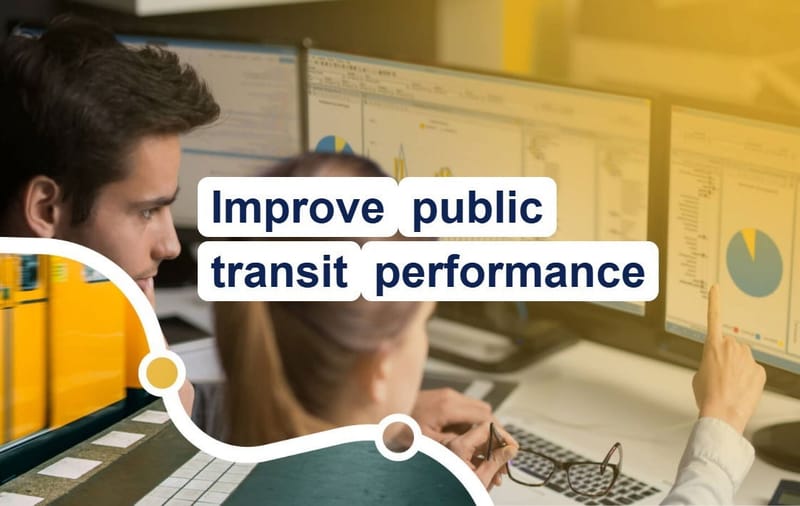
Optimizing Public Transport Through Data-Driven Strategies
Solutions from our partners is a big data-driven decision support system that offers planning & optimization, analysis, and data management processes under one roof in public transportation. It addresses many of your questions such as
- How do public transportation users move around the city?
- How can I create schedules, vehicle, and driver assignments that reduce costs and improve service levels?

Analysis
Our solution provides performance analyses of the current situation based on routes, stops, and zones (such as the number of boardings, route similarity ratios, etc.). Additionally, it offers demand and behavior analysis in public transportation through Origin-Destination analyses.
Planning & Optimization
With its dynamic and innovative planning approach that allows you to test different scenarios, Solution creates optimized schedules and assigns vehicles and drivers to meet public transportation demand while catering to your needs (such as cost reduction, service level improvement, etc.).
Data Management (GTFS)
Solution ensures the management of your public transportation data is up-to-date and accurate by converting it to the international data standard GTFS format. Additionally, this format allows for data sharing with passenger information applications, providing users with accurate and current public transportation information.
 | Data Update Cermoni ensures that your public transportation data is always up-to-date and accurate. Thanks to seamless data updates, you can access your up-to-date information without data loss and provide the best service to your passengers. |
 | Creating a Standard Data Format (GTFS) Cermoni supports the GTFS data format, the global transportation data format standard, so you can use it to integrate your public transport data harmoniously into different applications. |
 | Current Situation Monitoring Cermoni monitors the current state of your public transportation network, helping you identify problems and find quick solutions. It supports the identification of unused lines and stops and the creation of intervention plans. |
 | Mobility Analyses Cermoni allows you to plan public transportation under different occupancy scenarios, taking into account demand uncertainty. Thus, you can adapt to changing conditions quickly and effectively. |
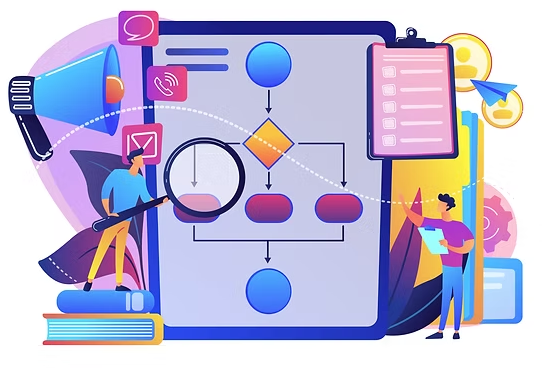 | Scenario Based Planning Cermoni allows you to plan public transportation under different occupancy scenarios, taking into account demand uncertainty. Thus, you can adapt to changing conditions quickly and effectively. |
 | Timetable Planning Cermoni simplifies and optimizes your timetable creation process. In this way, by setting the right timetable, you can use your human and time resources correctly, improve your working conditions and increase your service level. |
 | Vehicle and Driver Assignment Cermoni helps you perform vehicle and driver assignments in the most efficient way. By analyzing the data, you can determine the most suitable vehicle and driver combinations. |
You can find answers with this planning tool for like;
- How can I increase our PT service level and what my timetable look like?
- How many number of vehicles we need?
- What will be the cost change?
- What should the vehicle types be?
- What will the fuel consumption and carbon emission be according to the timetable?
The Most Powerful Solution for Performance Improvement in Public Transport
Zightwise is an AI-supported improvement suite created exclusively for public transport optimisation. Designed by public transport and BI experts, it allows you to focus on performance improvements without worrying about the technology.
Themed modules and state-of-the-art dashboards with rich visuals employ knowledge and best practices from projects around the world into a hands-free tool, which empowers its users to take actions and achieve results.
With Zightwise, agencies have a global standard of reporting after only a single month of onboarding. The short onboarding process shifts the focus from technology and dashboard design to performance improvement and return on investment.
 | |
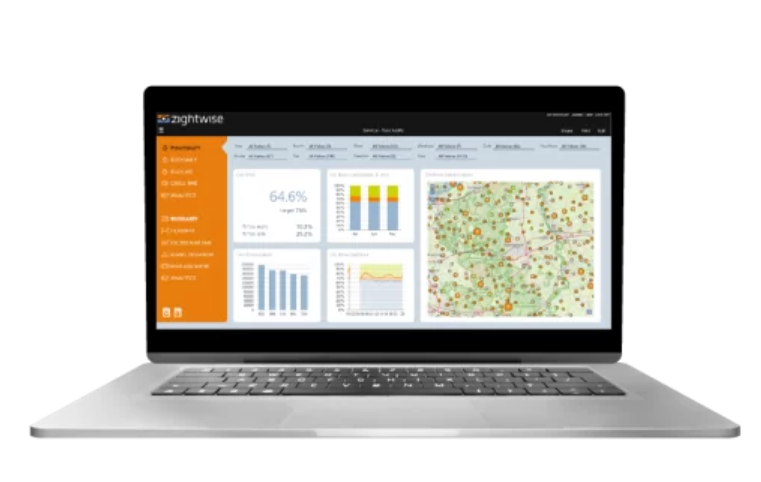 | |
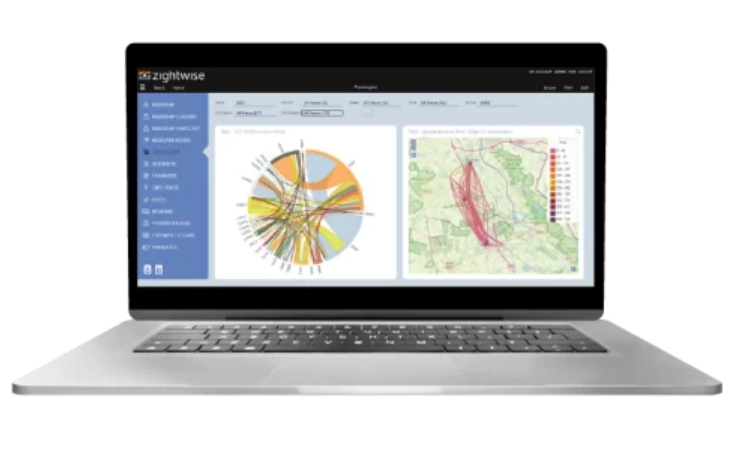 | |
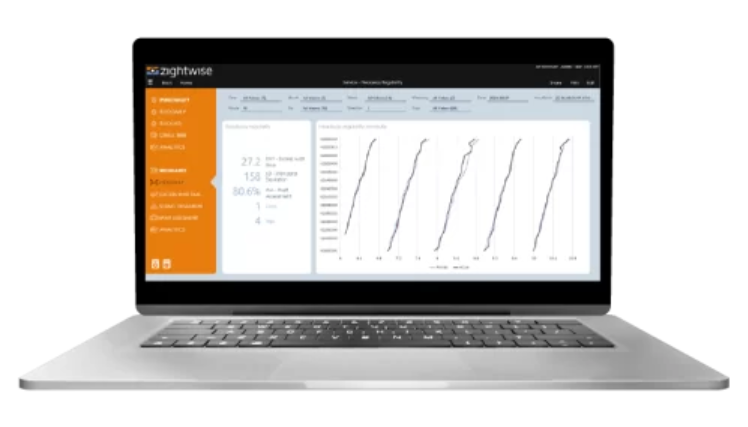 | |
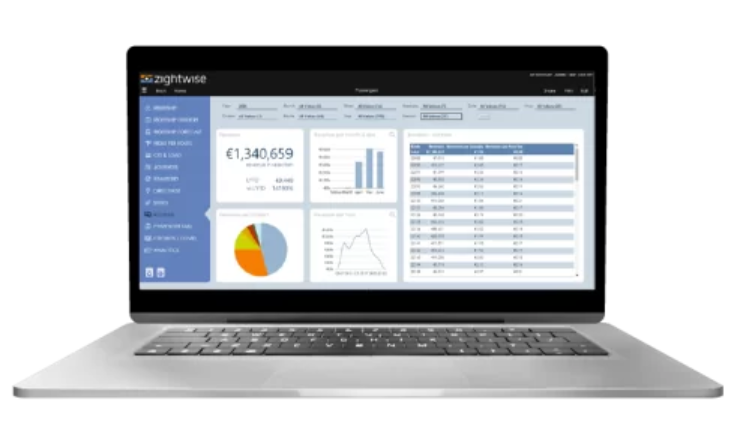 |


